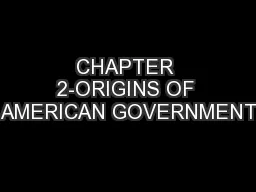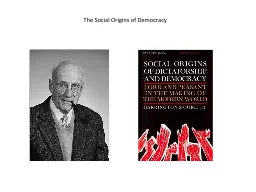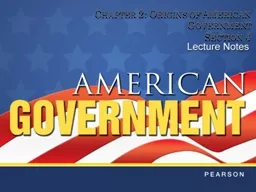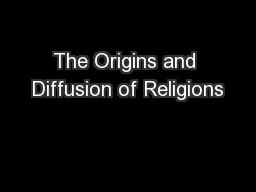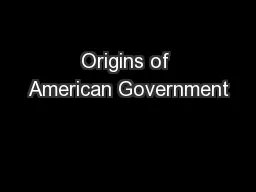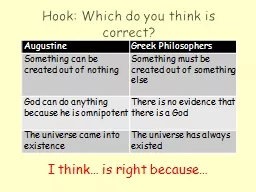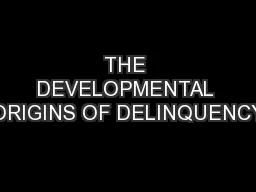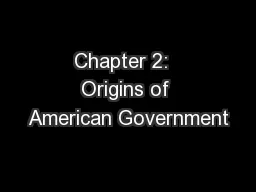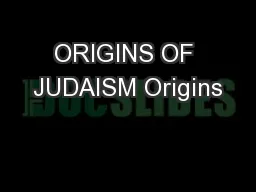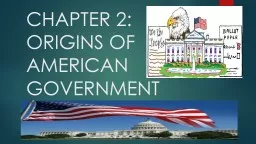PPT-CHAPTER 2-ORIGINS OF AMERICAN GOVERNMENT
Author : cheryl-pisano | Published Date : 2018-10-13
Chapter 2Section 1Our Political Beginnings Pg3035 BASIC CONCEPTS OF GOVERNMENT Earliest settlers had knowledge of political systems Political system was based
Presentation Embed Code
Download Presentation
Download Presentation The PPT/PDF document "CHAPTER 2-ORIGINS OF AMERICAN GOVERNMENT" is the property of its rightful owner. Permission is granted to download and print the materials on this website for personal, non-commercial use only, and to display it on your personal computer provided you do not modify the materials and that you retain all copyright notices contained in the materials. By downloading content from our website, you accept the terms of this agreement.
CHAPTER 2-ORIGINS OF AMERICAN GOVERNMENT: Transcript
Download Rules Of Document
"CHAPTER 2-ORIGINS OF AMERICAN GOVERNMENT"The content belongs to its owner. You may download and print it for personal use, without modification, and keep all copyright notices. By downloading, you agree to these terms.
Related Documents

